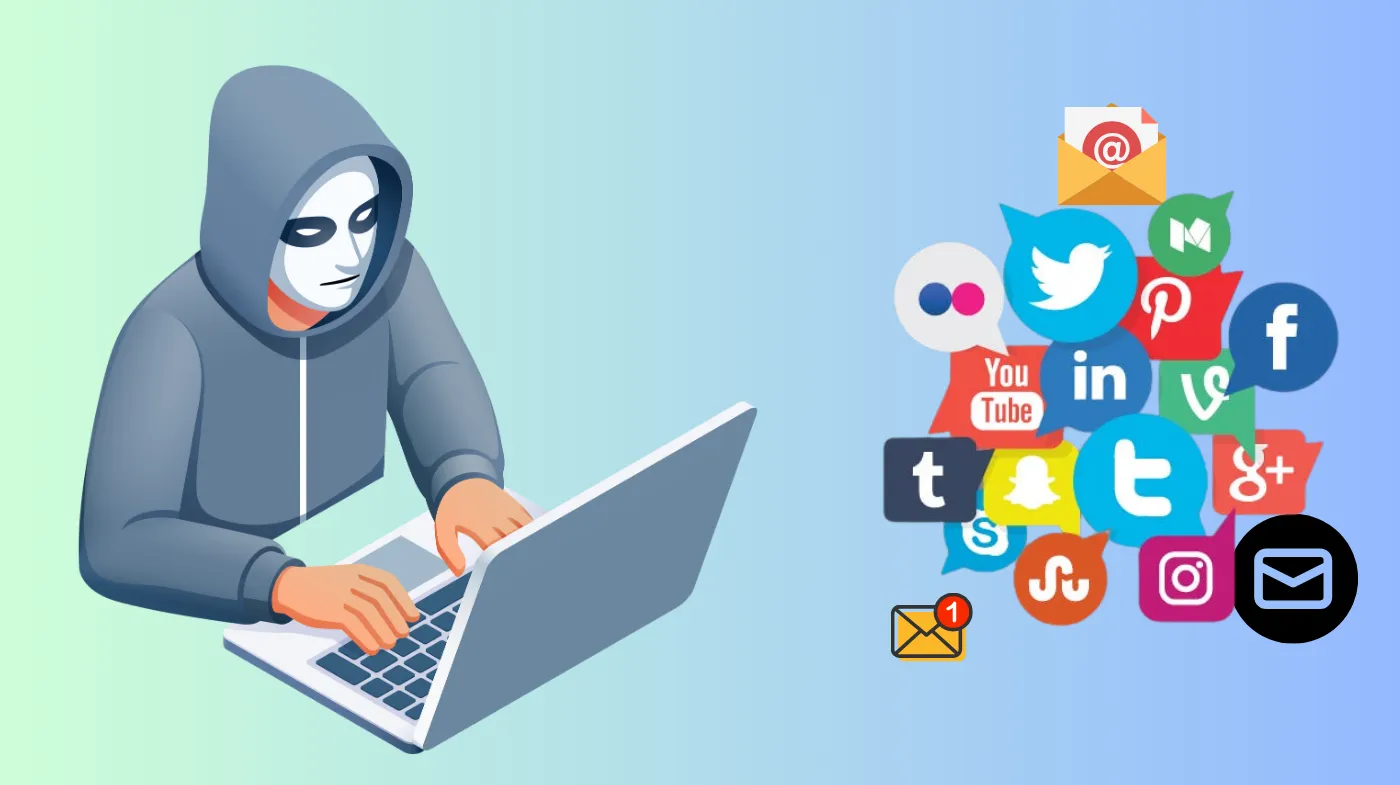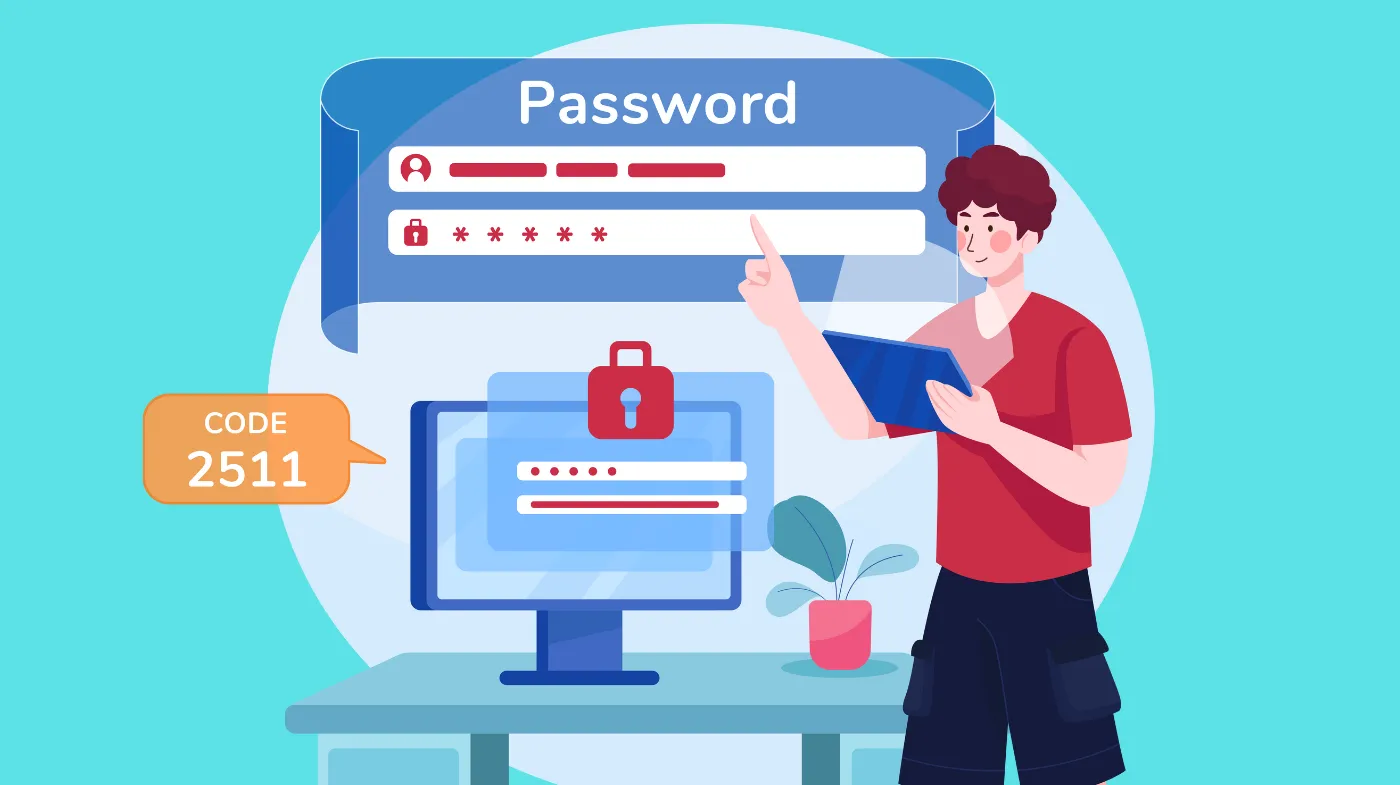
Millions of accounts get compromised daily, yet most victims remain completely unaware until devastating damage occurs.
Detecting unauthorized access through unusual login notifications, suspicious account behavior, and performance anomalies can save you from identity theft and financial ruin.
This comprehensive guide reveals proven detection methods, from built-in security dashboards to advanced monitoring tools, plus essential strategies for creating bulletproof password security and protecting sensitive communications.
You’ll discover how to spot the subtle warning signs attackers hope you’ll miss, implement multi-factor authentication effectively, and respond immediately when breaches occur.
Recognizing the Warning Signs of Account Compromise
Detecting unauthorized access early is crucial for minimizing damage and regaining control of your accounts.
Unusual Login Activity and Notifications
Unexpected login alerts are often the first indication that someone may access your email without permission or breach your social media accounts. Most platforms send notifications when new devices or locations attempt to sign in.
Check your email for login notifications from unfamiliar locations or devices you don’t recognize. Pay attention to timestamps that don’t match your actual usage patterns.
Social media platforms typically show recent login activity in their security settings. Review these logs regularly for any suspicious entries.
Strange Account Behavior and Changes
Unauthorized modifications to your account settings often signal a security breach. Look for changes you didn’t make to your profile information, privacy settings, or security preferences.
Monitor your sent folders for emails you didn’t send. Compromised accounts are frequently used to send spam or phishing messages to your contacts.
Check for new contacts, followers, or friends you didn’t add. Attackers sometimes use compromised accounts to expand their network for future attacks.
Performance Issues and Technical Anomalies
Slower-than-usual performance or frequent logouts can indicate unauthorized access. Multiple users accessing the same account simultaneously often causes these issues.
Notice if your account reaches sending limits unexpectedly or if you receive bounce-back messages for emails you didn’t send.
Browser behavior changes, such as automatic redirects or new bookmarks appearing, may suggest your credentials have been compromised.
Essential Detection Tools and Methods
Implementing the right tools and techniques helps you identify unauthorized access before significant damage occurs.
Built-in Security Features
Most email providers and social media platforms offer comprehensive security dashboards that display recent account activity. Gmail’s “Last account activity” feature shows recent access times and locations.
Enable two-factor authentication wherever possible. This additional security layer makes unauthorized access significantly more difficult, even if your password is compromised.
Review your account’s connected apps and services regularly. Remove any applications you don’t recognize or no longer use.
Third-Party Monitoring Solutions
Email compromise detection tools can provide advanced monitoring capabilities beyond what built-in features offer. These specialized services scan for your email address in known data breaches and dark web marketplaces.
Consider using identity monitoring services that alert you when your personal information appears in new data breaches or suspicious online activities.
Password managers often include breach monitoring features that notify you when your stored credentials appear in known security incidents.
Manual Monitoring Techniques
Regularly check your email’s trash and spam folders for messages you didn’t delete. Attackers sometimes try to hide evidence by moving legitimate emails to these folders.
Monitor your credit reports and financial statements for unauthorized transactions. Compromised accounts often lead to financial fraud attempts.
Set up Google Alerts for your name and email address to catch any unauthorized use of your information online.
Strengthening Your Password Security

Creating robust passwords is your first line of defense against unauthorized access attempts.
Password Creation Best Practices
Use a super-strong password generator to create unique, complex passwords for each account. These tools generate random combinations of letters, numbers, and symbols that are virtually impossible to guess.
Avoid using personal information like birthdays, names, or common words in your passwords. Attackers often use this information in targeted attacks.
Implement the principle of password uniqueness; never reuse passwords across multiple accounts. If one account gets compromised, unique passwords prevent attackers from accessing your other accounts.
Password Management Strategies
Password managers are essential tools for maintaining strong, unique passwords across all your accounts. They encrypt your passwords and automatically fill them in when needed.
Enable automatic password changing features when available. Some password managers can automatically update your passwords on supported websites.
Regularly audit your stored passwords and update any that are weak, old, or potentially compromised.
Protecting Sensitive Information in Digital Communications
Understanding how to safely handle sensitive data prevents additional security risks when your accounts are compromised.
Email Security for Financial Information
Never send credit card details without proper encryption. Standard email is not secure enough for sensitive financial information.
Use secure file-sharing services or encrypted email providers when you must send sensitive documents. These services provide end-to-end encryption that protects your information.
Consider using secure messaging apps for sensitive communications instead of email, as they often provide better security features.
Always ensure you transmit credit card details safely via email using encryption or secure platforms.
Social Media Privacy Settings
Review and adjust your privacy settings regularly to limit who can see your personal information. Restrict access to your posts, contact information, and personal details.
Be cautious about sharing location information or travel plans on social media. This information can be used by attackers to target you when you’re away from home.
Limit the amount of personal information visible in your public profiles. The less information available, the harder it becomes for attackers to impersonate you.
Immediate Response to Suspected Breaches
Quick action when you suspect unauthorized access can minimize damage and help you regain control.
Securing Compromised Accounts
Change your passwords immediately if you suspect unauthorized access. Use a different device if possible, as your primary device may be compromised.
Log out of all sessions and devices through your account security settings. This forces anyone with unauthorized access to re-authenticate.
Review and revoke access for any suspicious third-party applications connected to your accounts.
Damage Assessment and Recovery
Check your recent account activity thoroughly to understand what the attacker may have accessed or changed. Document any unauthorized actions for potential legal or insurance purposes.
Contact your financial institutions if you suspect your banking or credit card information may have been compromised through your email or social media accounts.
Notify your contacts about the potential breach, especially if the attacker may have sent messages from your account.
Advanced Protection Strategies

Implementing additional security measures provides extra layers of protection against sophisticated attacks.
Multi-Factor Authentication Setup
Enable multi-factor authentication on all your important accounts. Use authenticator apps rather than SMS when possible, as text messages can be intercepted.
Consider using hardware security keys for your most critical accounts. These physical devices provide the highest level of authentication security.
Set up backup authentication methods in case your primary method becomes unavailable.
Regular Security Audits
Conduct monthly reviews of your account security settings and recent activity. Look for any changes or unusual patterns you might have missed.
Update your recovery information regularly, including backup email addresses and phone numbers. Ensure these backup methods are also secure.
Keep your devices and applications updated with the latest security patches. Many account compromises occur through vulnerabilities in outdated software.
Frequently Asked Questions
How often should I check my accounts for unauthorized access?
Weekly monitoring is recommended for your primary email and social media accounts. Check login activity, recent changes, and any unusual notifications. For less critical accounts, monthly reviews are usually sufficient, but always investigate immediately if you receive any security alerts.
What should I do if I find evidence of unauthorized access?
Act immediately by changing your password from a secure device, logging out all sessions, and enabling two-factor authentication. Review recent account activity to assess what information may have been compromised, then notify relevant contacts and financial institutions if necessary.
Can unauthorized access happen even with strong passwords?
Yes, data breaches and phishing attacks can compromise even strong passwords. Attackers may obtain your credentials through breaches of other services or trick you into entering them on fake websites. This is why using unique passwords for each account and enabling two-factor authentication are crucial.
How can I tell if my email is being used to send spam?
Check your sent folder regularly for messages you didn’t send, and monitor for bounce-back emails from addresses you didn’t contact. Friends or contacts reporting spam from your address is another clear indicator. Also, watch for unusual activity in your email’s outbox or drafts folder.
Recognize and Prevent Threats to Your Email and Social Media Security
Protecting your email and social media accounts from unauthorized access requires vigilance, proper tools, and proactive security measures.
The warning signs are often subtle, but recognizing them early can save you from significant personal and financial damage.
By implementing strong passwords, enabling multi-factor authentication, and regularly monitoring your accounts, you create multiple barriers against cybercriminals.
Remember, your digital security is an ongoing responsibility; start strengthening your defenses today before you become the next victim.
